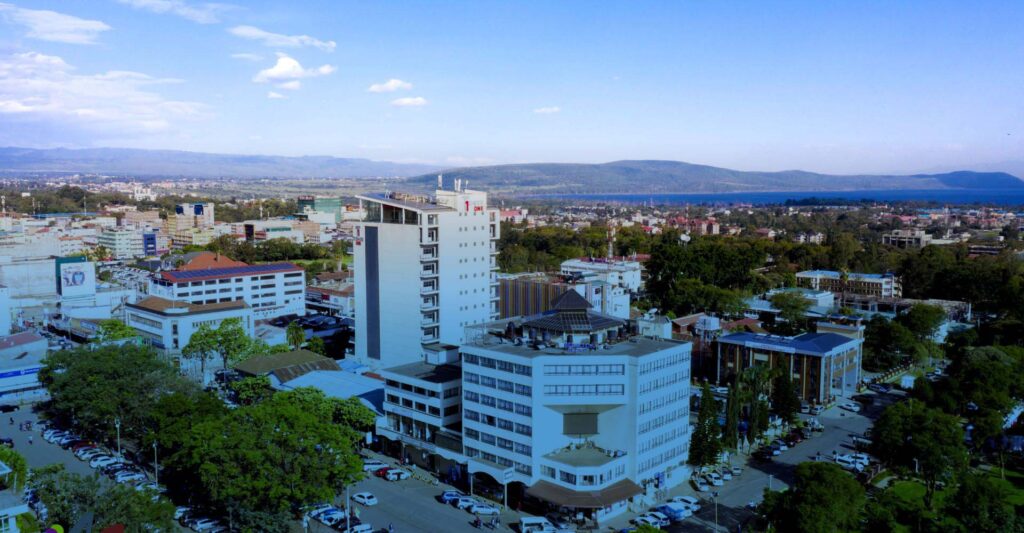The most developed counties in kenya

Kenya’s counties exhibit varying levels of development, with some standing out as more developed than others. Among these, Nairobi County emerges as the most developed, boasting modern infrastructure, robust economic activity, and vibrant cultural diversity. In Nairobi, significant investments in infrastructure, including roads, buildings, and utilities, have contributed to its status as the economic powerhouse of Kenya
Following Nairobi, Mombasa County ranks among the developed counties in Kenya. Situated along the coast, Mombasa serves as a vital economic hub, with a bustling port that facilitates trade and commerce. The county’s strategic location and maritime connectivity have attracted significant investments, driving economic growth and development

Kajiado County, located adjacent to Nairobi, also features prominently among the developed counties. Known for its expansive savannah landscapes and proximity to Nairobi, Kajiado has witnessed rapid urbanization and infrastructural development. The county’s growth is fueled by its appeal as a residential and commercial hub, attracting investments in real estate, hospitality, and tourism

Kiambu County, another neighboring county to Nairobi, emerges as a developed area characterized by thriving economic activity and modern infrastructure. With its proximity to Nairobi, Kiambu benefits from spill-over economic effects, attracting businesses and residents seeking a conducive environment for investment and living

Additionally, Nakuru County, located in the Rift Valley region, is recognized for its agricultural productivity and growing urban centers. The county’s diverse economic base, encompassing agriculture, manufacturing, and services, contributes to its development and prosperity
In conclusion, while Nairobi County leads as the most developed in Kenya, other counties such as Mombasa, Kajiado, Kiambu, and Nakuru also exhibit significant levels of development, driven by factors such as strategic location, economic activities, and infrastructure investments.
